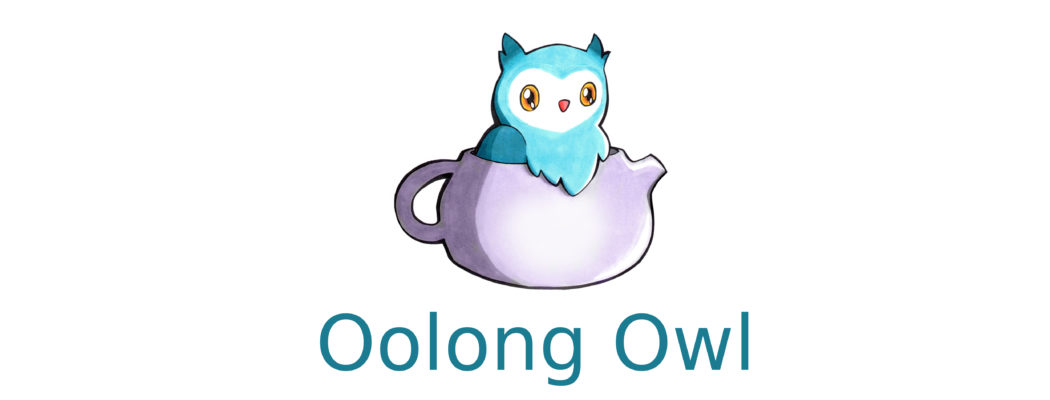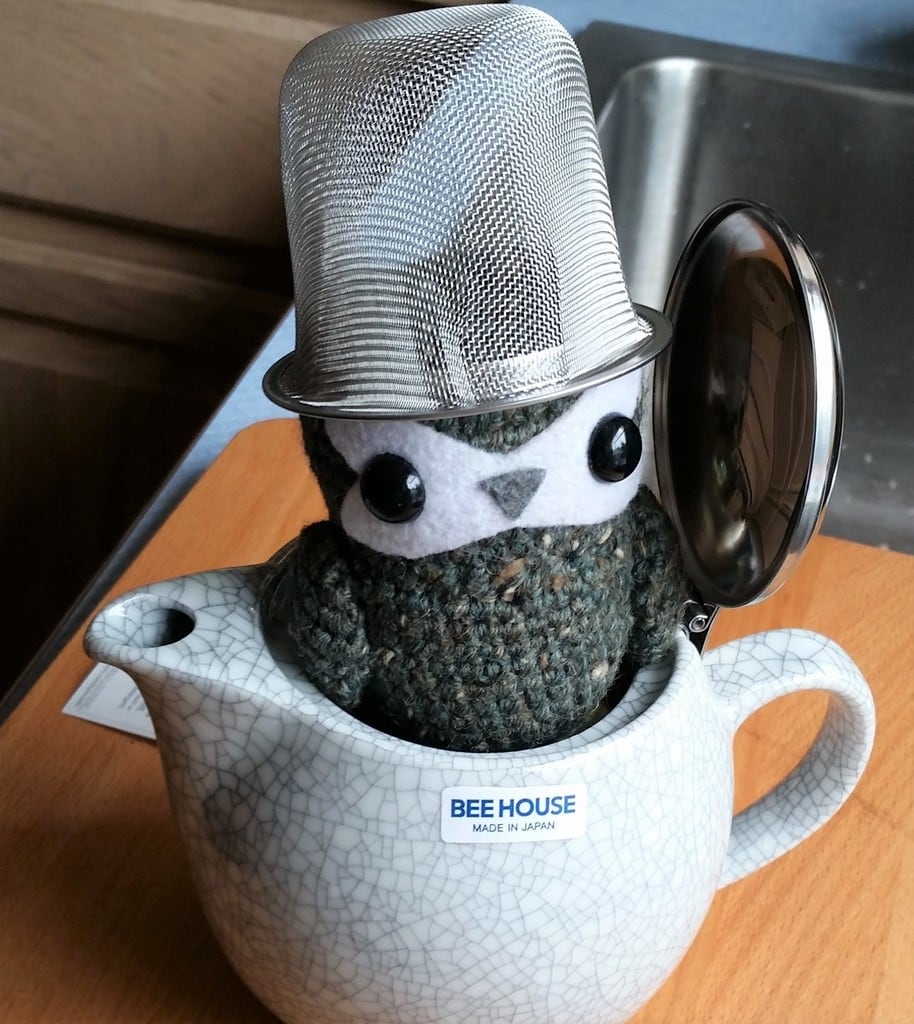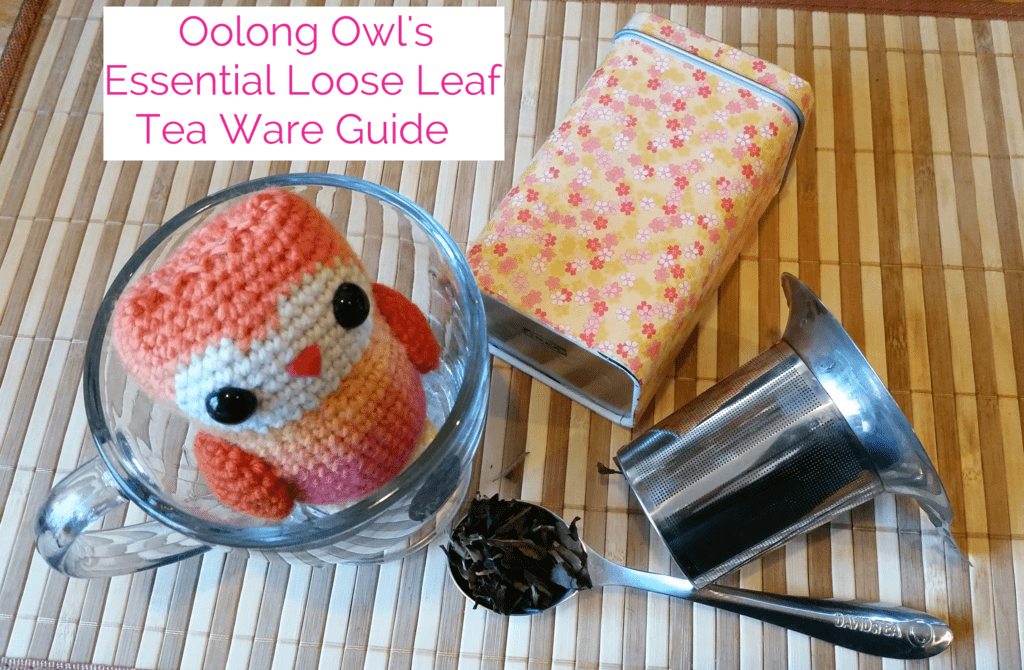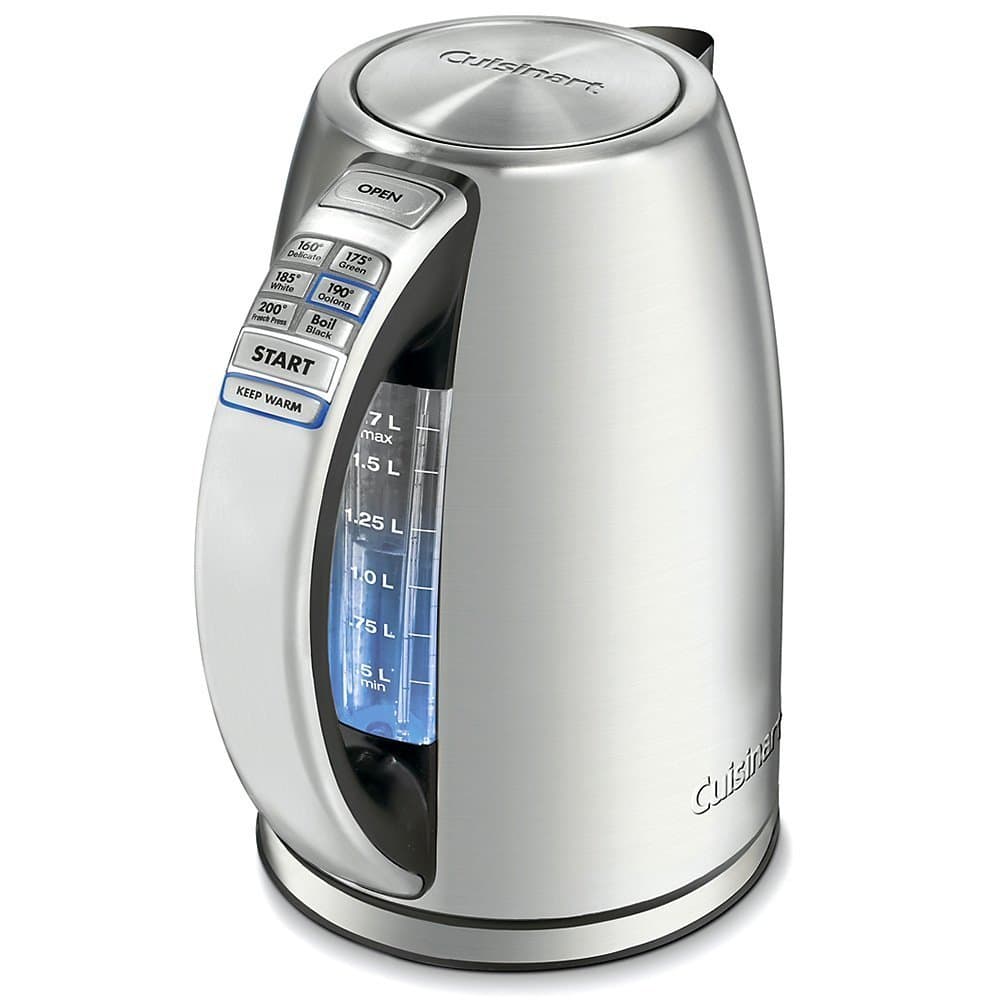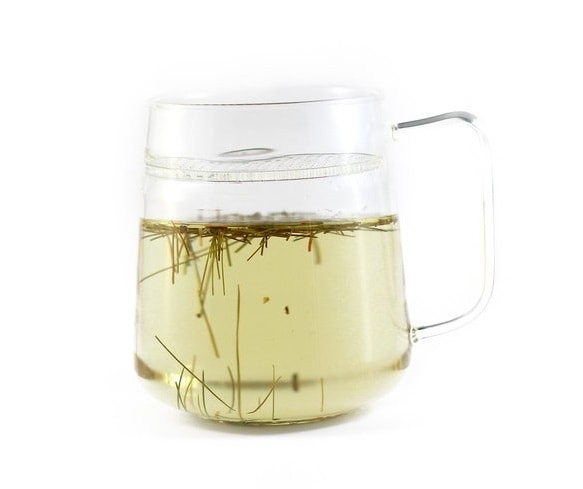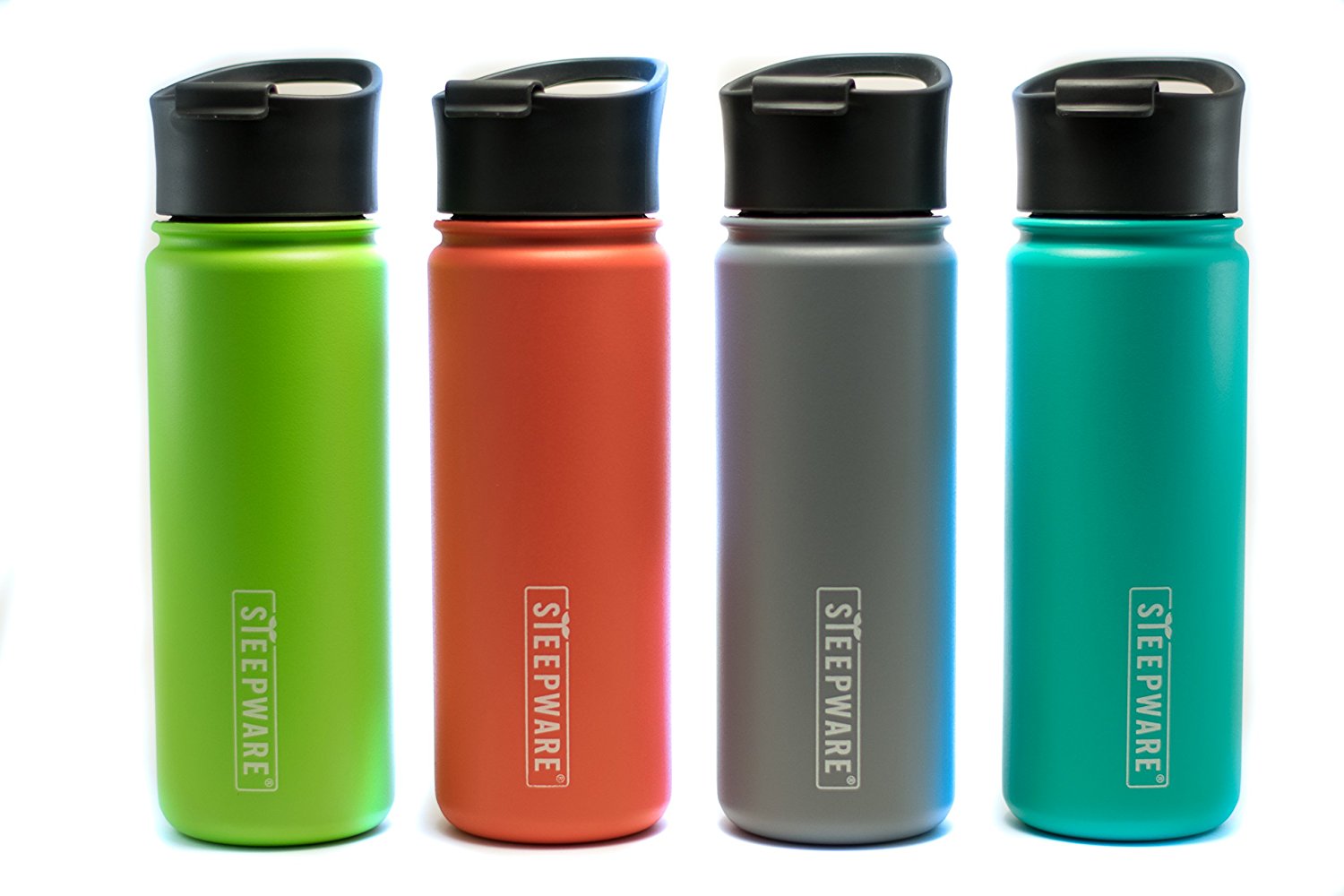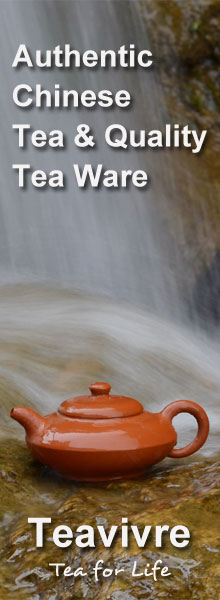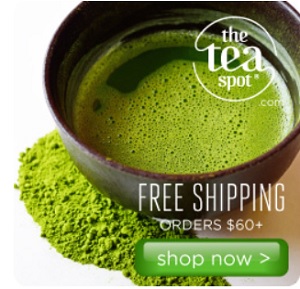On the tea table today is Tillerman Tea’s Organic Chingjing Oolongs – a Gaoshan High Mountain and a Hong Shui. These are both by farmer Yen Ching-Yu (Katie). I have had these teas from previous years, so it will be interesting to see what has changed with the season and technique.
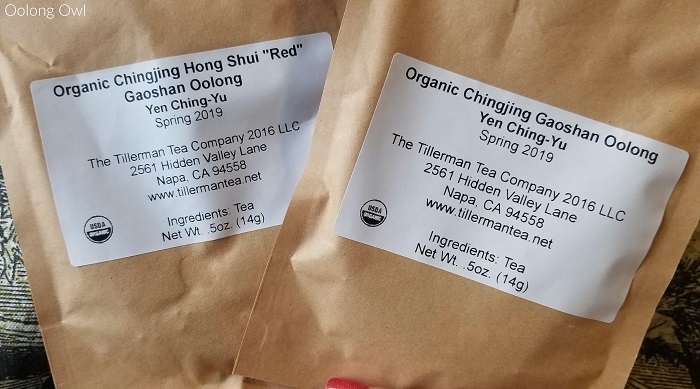
Organic Chingjing Gaoshan High Mountain Oolong
Tillerman’s Organic Chingjing Gaoshan High Mountain Oolong is of Qing Xin cultivar that is grown at 1800m. This is a Spring 2019 oolong with 35% oxidation and lightly baked. The dry leaf smells soft sweet and floral.
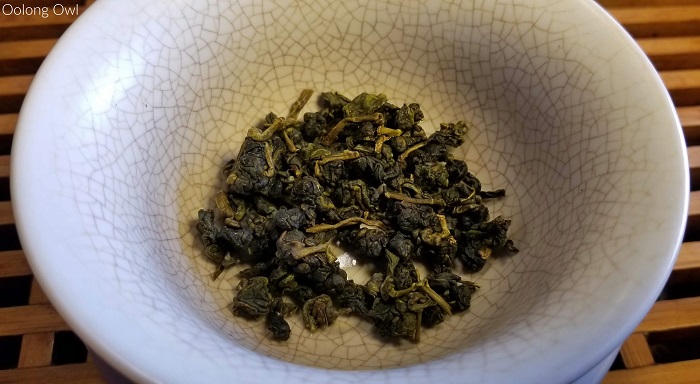
After a rinse, the leaf smells of a warm meadow with the odd wildflower.
First Infusion: Organic Chingjing Gaoshan sports a thick milky texture and a delicate flavor. What I can taste is juicy stalks, aloe, and tulips. The tea has a pleasing balmy feel and a softly sweet aftertaste.
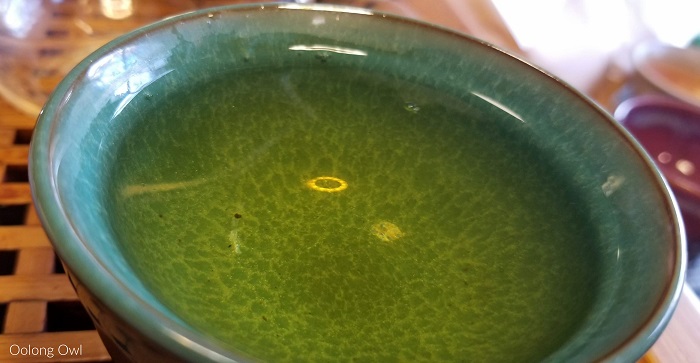
Second, Third, and Fourth Infusion: We’ve opened up tea and it tastes of caramel, minerals, and chestnuts, with a vegetal zesty fresh finish. The aftertaste is slight but leaves a cooling refreshing feeling. Despite the light flavor, this tea is a well-rounded flavor and experience. I wasn’t expecting this to have a more of a caramel taste, but the baking really added a nice touch.
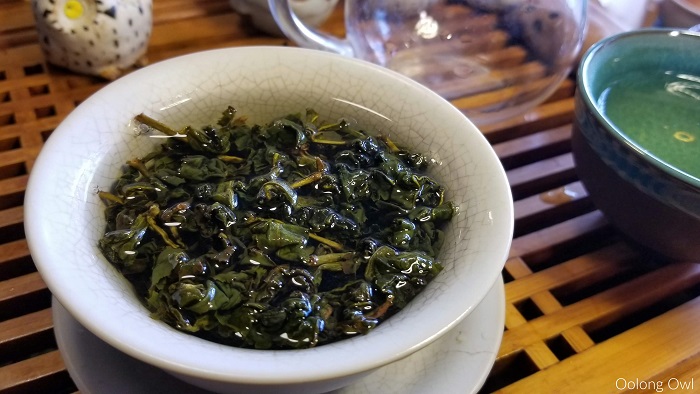
Fifth and Sixth Infusion: The closing steeps of Organic Chingjing Gaoshan steps into bitterness with the sharp nutty taste, bit of buttery caramel, and a bitter stewed spearmint finish.
Comments
Tillerman’s Organic Chingjing Gaoshan is an interestingly complex green baked oolong that has qualities of both comfort food and spring freshness rolled into one tea. If you are a texture drinker like I am, you’ll enjoy this oolong.
2019 Organic Chingjing Hong Shui
Tillerman’s Organic Chingjing Hongshui is by the same farmer, the same cultivar, but at 1300m elevation. Hong Shui has more oxidation, this one 60% with a roast job. The leaf is quite small and compact here with a medicinal sour scent. Whenever I smell that sour scent in oolong, I like to do a touch-up roast to remove any moisture, but I will skip for review purposes.
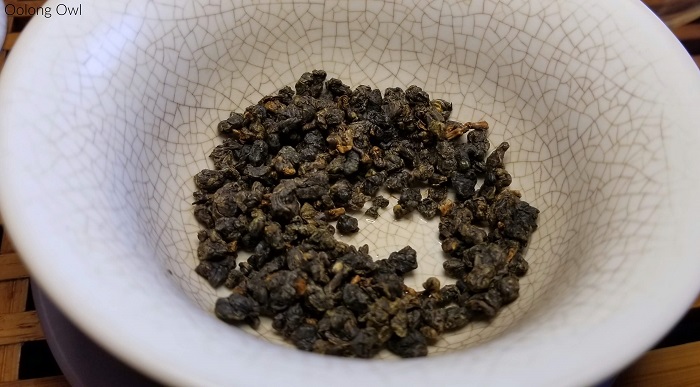
After a rinse, the hot leaf smells of fruit and nuts.
First and Second Infusion: Organic Chingjing Hong Shui actually tastes quite similar to the Chingjing Gaoshan High Mountain as it has that same mineral buttery nuttiness, however, the Hong Shui is darker and acidic. The acidic profile in this tea is different than what I thought was a sourness present in roasted and aged teas with moisture, but more tannic in nature. Maybe if the darker flavors weren’t there, it would be more grapefruit pith in flavor.
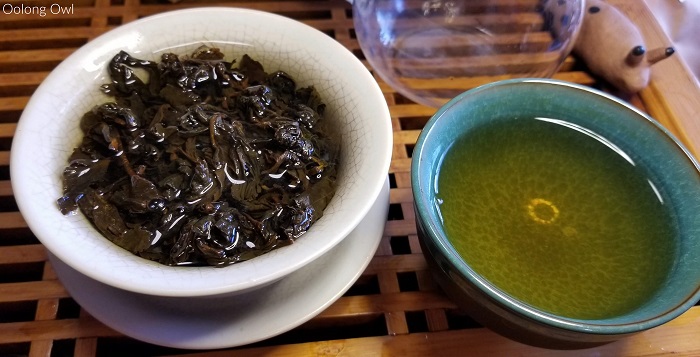
Third and Fourth Infusion: This tea develops a stronger buttered nut taste, like the scent of browning butter. The acidic flavor is gone in the sip but is now lingering on the sides of the mouth.
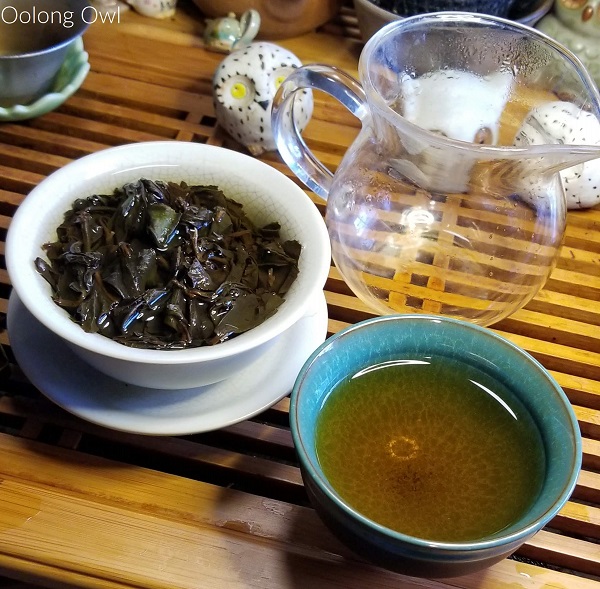
Fifth Infusion: Organic Chingjing Hong Shui closes being soft, buttery, nutty, honey, with a tannic finish, reminding me of Darjeeling. After a few sips and the Hong Shui feels gently astringent.
Comments
Drinking both the Gaoshan High Mountain and Hong Shui is the bigger experience here as they are both similar but you can taste how oxidation changed the tea.
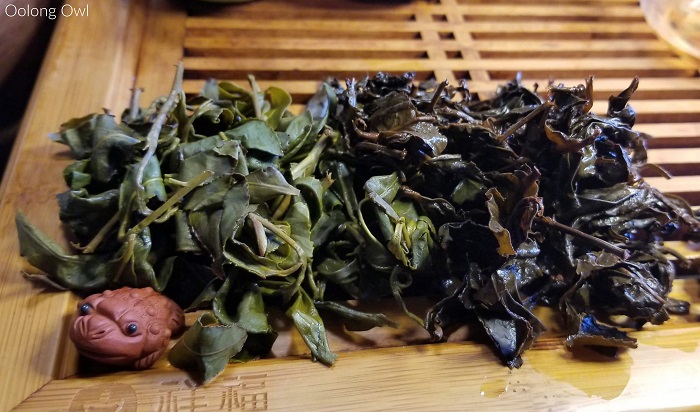
I tried this same Hong Shui from Tillerman Teas in 2016 and it has gotten darker. 2019’s Hong Shui has that nice buttery note and an excellent body. It is satisfying comfort food wrapped up in a darker tea. I am curious whether the acidity in the Hong Shui will reduce with more settling time, age, touch up roast, or adjustment of tea/water ratio.
(tea provided for review)





